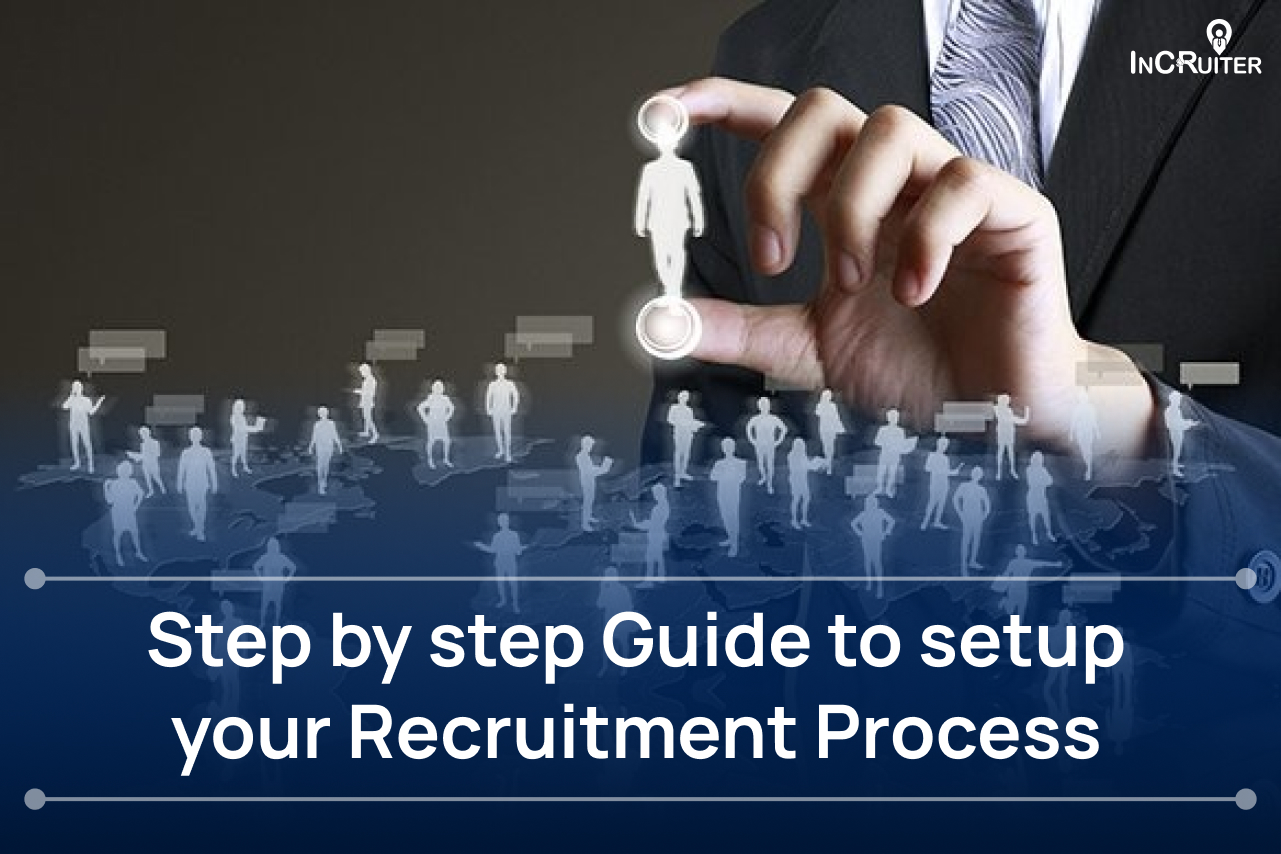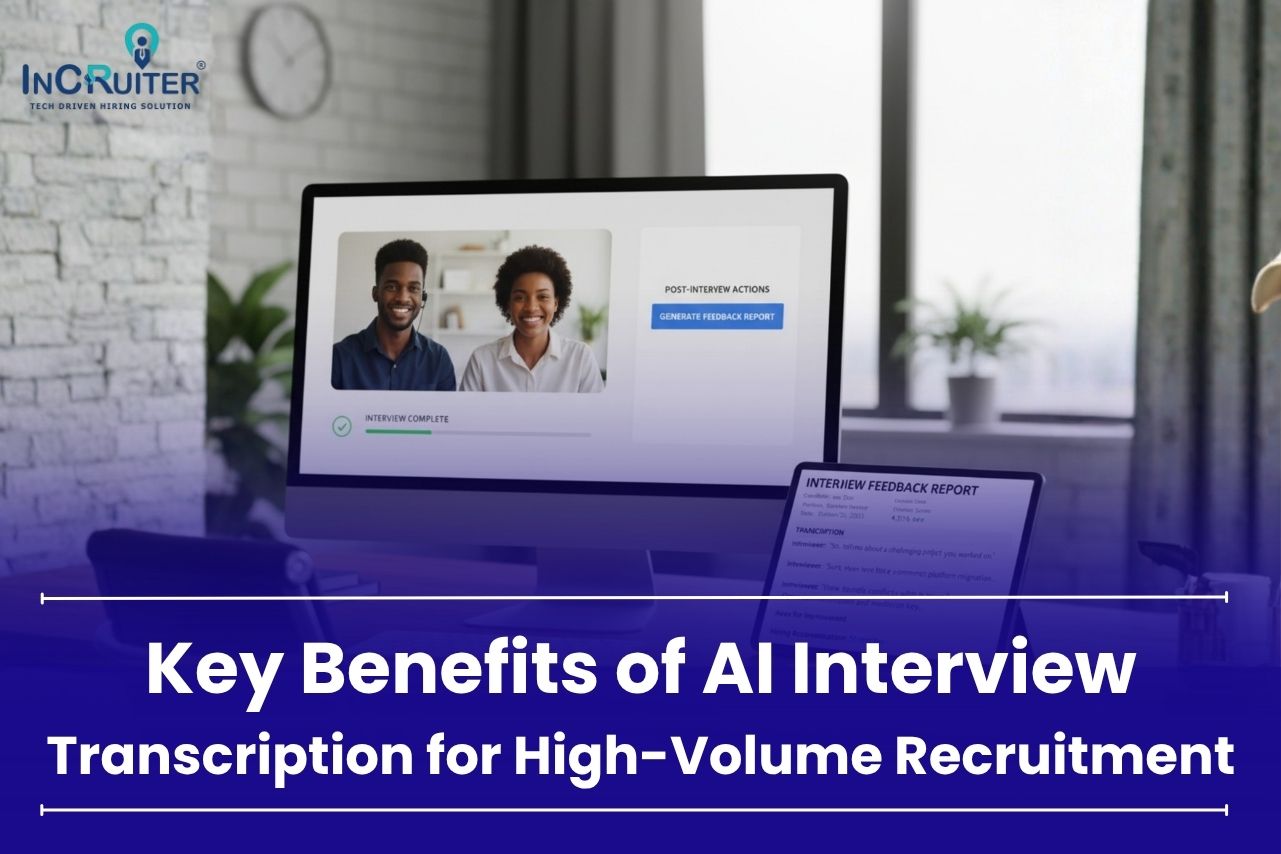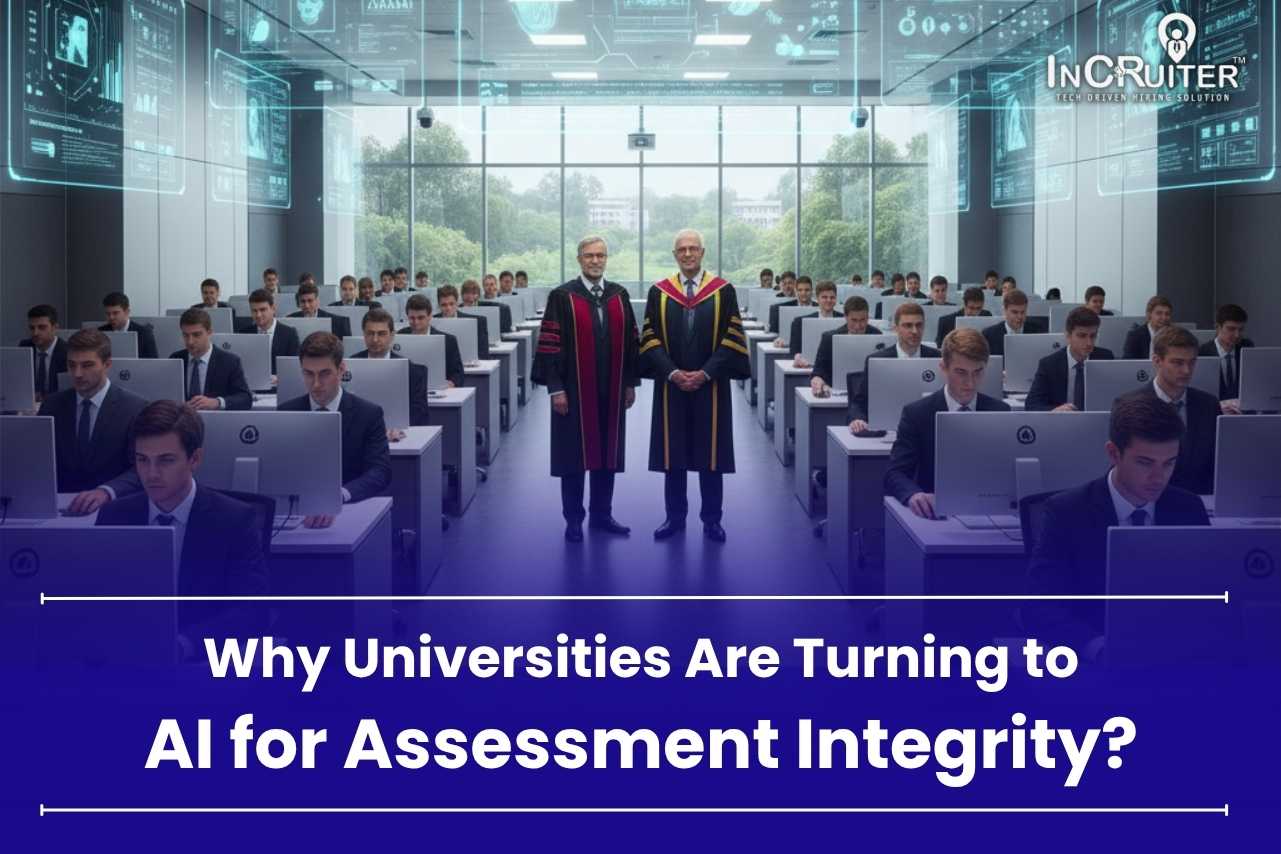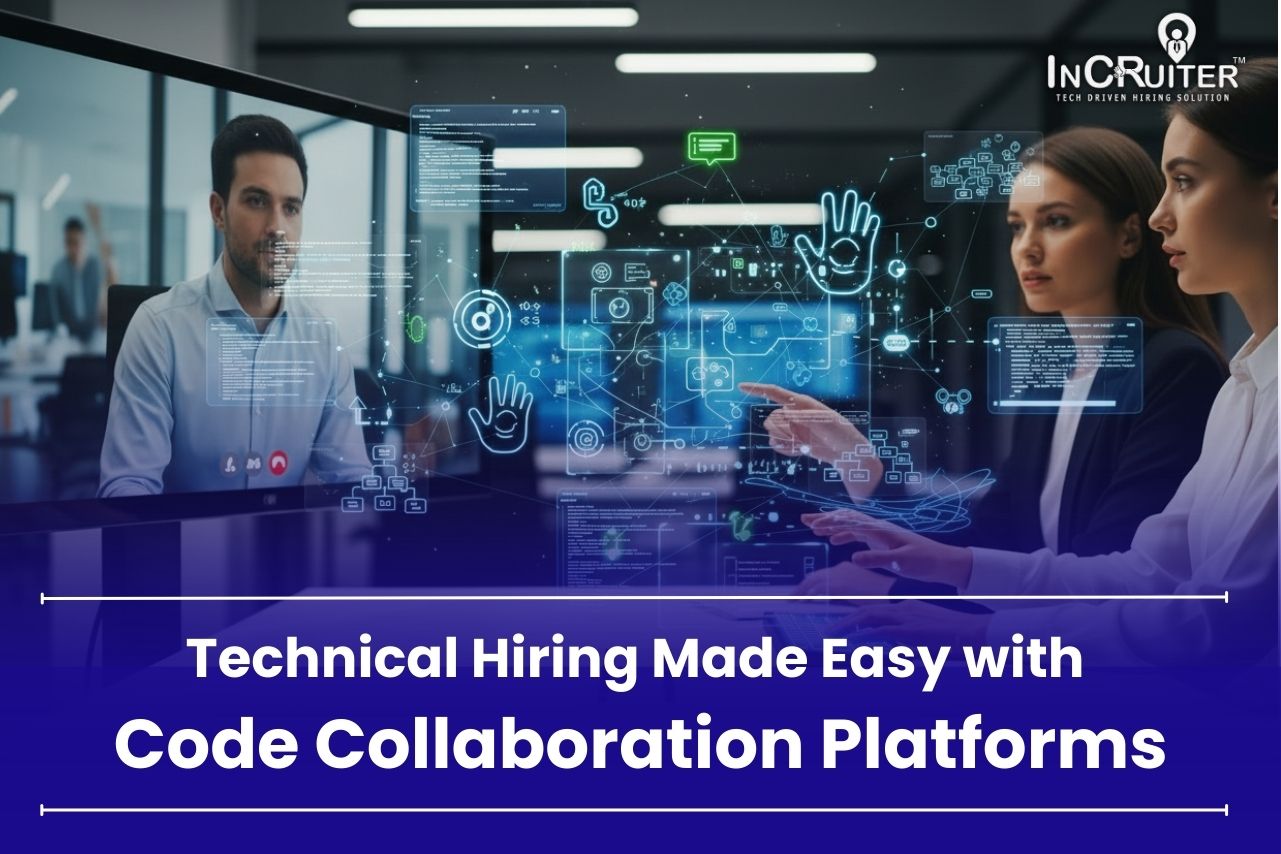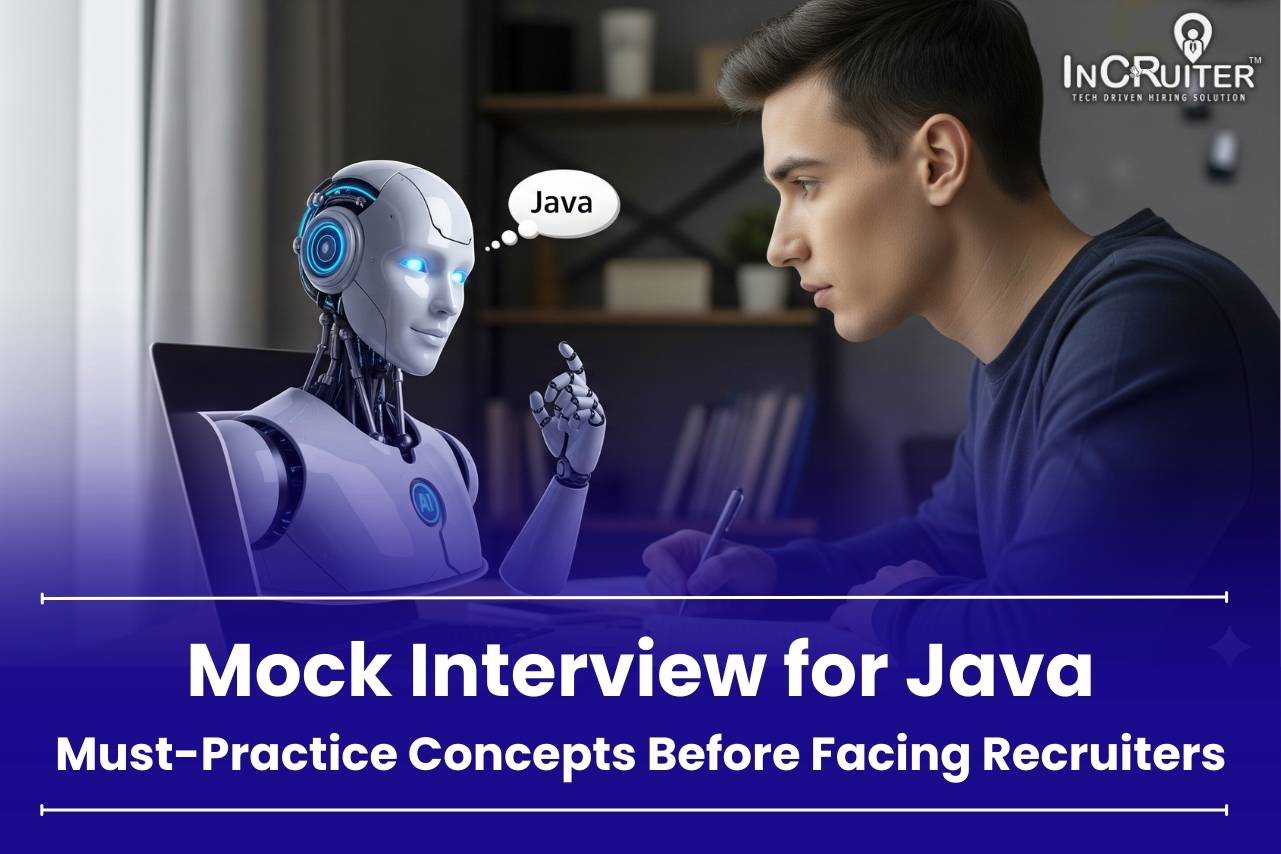Setting up a recruitment process can feel a lot like solving a puzzle where a few pieces just don’t fit right—or maybe you’re not even sure what the finished picture is supposed to look like. Does that sound familiar? If so, you’re definitely not alone. Hiring comes with plenty of twists and turns, but it doesn’t need to be an overwhelming, stress-filled ride (unless you’re a big fan of chaos).
Think of it like this: Your ideal team members are out there, waiting for you to connect with them. What often stands in the way is a hiring strategy that’s either past its prime or not even put together yet. Maybe you’re starting with a blank slate and have no clue where to begin. Take a breath; there’s no need to stress. We’re here to guide you through the steps, keeping everything clear, simple, and maybe even a bit enjoyable.
So, are you ready to build a hiring experience that gets candidates talking—in a good way? Let’s roll up our sleeves and design a recruitment process you’ll feel genuinely proud of!
Step-by-Step Setup for an Effective Recruitment Process

Let’s dive into a detailed roadmap for crafting a recruitment process that is straightforward yet focused on people.
1. Define Your Recruitment Needs
Start by understanding what kind of skills are available on the team and where gaps might lie. Perform a deep dive to identify areas where there might be a need for the support of other individuals to bridge those gaps across various departments. Engage team leaders and department heads closely so as to understand the project demand both in the short run and in the near future.
For example, a marketing team preparing for a product launch may require specialized talent, like a digital strategist, to boost outreach efforts and engagement. Beyond filling roles, consider the impact of each new hire on overall team dynamics and company culture. What values should the ideal candidate share? What growth potential is needed to support upcoming business objectives?
The more specific you can get about these elements, the sharper your recruitment plan becomes. Focusing on these nuances ensures a strategic, thoughtful approach that prioritizes meaningful, quality hires over simply filling vacancies quickly.
Also Read: How do you Develop a Successful Talent Acquisition Strategy for Startups?
2. Develop Comprehensive JD and Candidate Personas
Once you have a solid grasp of your needs, it’s time to turn that understanding into detailed job descriptions and candidate personas. A well-crafted JD isn’t just a bland checklist; it’s a guide that brings the role to life. Cover not only the essential technical skills but also the interpersonal abilities that align with your company’s culture.
Descriptions should outline day-to-day responsibilities, career growth opportunities, and even unique benefits to capture interest. Precision here can improve applications, reducing mismatches and boosting long-term employee satisfaction. Utilizing specialized tools can streamline creating these JDs. For instance, an AI interview software can organize job descriptions based on performance factors, making sure nothing critical is overlooked.
Beyond that, building a candidate persona is like sketching a profile of the perfect hire—considering not just must-have skills but also values and personal aspirations. Highlighting traits like adaptability or ambition ensures the right cultural fit, making the selection process more effective from the start.
3. Establish an Expert Recruitment Team and Define Roles
A successful recruitment process depends on a well-coordinated team. Forming a specialized recruitment team means assigning clear roles: sourcers focus on identifying talent, recruiters handle communication and engagement, while hiring managers assess cultural fit and skills. This clarity prevents overlap, keeps workflows smooth, and allows members to leverage their strengths effectively.
It’s about creating an organized approach that makes every step, from sourcing to decision-making, both cohesive and targeted, ensuring the best outcomes without anyone feeling overwhelmed or underutilized. Smaller organizations often struggle to build this level of expertise in-house, making external support a game-changer.
Partnering with services like InCruiter provides immediate access to skilled interviewers and assessment specialists, minimizing the burden on internal teams. This collaboration empowers companies to keep recruitment streamlined without sacrificing quality, particularly when dealing with high-stakes roles or periods of rapid expansion. It’s a practical way to maintain focus on business growth while still bringing in top-tier talent.
Also Read: Interview as a Service: The smart solution to scale your workforce
4. Craft a Strategic Sourcing Plan
A well-crafted sourcing plan is crucial for connecting with the right candidates through diverse and effective channels. When hiring for specific roles, understanding where potential candidates spend their time is key. For instance, creative designers are often found on platforms like Behance or Dribbble, where they share visual projects, while tech professionals frequent GitHub or Stack Overflow, posting code and engaging with developer communities.
Tailoring each job listing to fit the culture and style of these platforms helps capture attention, showcasing your roles in a way that aligns with candidates’ interests and expectations. Diversifying your strategy is essential. Alongside traditional job boards, consider niche job sites, industry forums, and alumni networks for unique talent pools. Utilize social media strategically, engaging with groups on LinkedIn or sharing compelling content that draws candidates to your company’s brand.
Additionally, employee referrals remain a powerful source for finding cultural fits, but don’t stop there—collaborate with universities for fresh graduates or consider hosting industry events and webinars to engage potential candidates. By blending various sourcing methods, your recruitment process becomes more comprehensive, targeted, and effective.
5. Screen and Shortlist Candidates Efficiently
Effective screening and shortlisting are crucial for speeding up your hiring process while ensuring you’re focusing on the best candidates. Start with automated tools that quickly scan through resumes for key qualifications. This means you can sift through a pile of applications in no time, pulling together a shortlist of candidates who actually meet your needs.
While automation is a huge help, take a moment to look over the list personally. You never know when someone with a unique background might stand out! Now, let’s talk about AI video interview software. These smart systems dig deeper by comparing resumes against your job description. They assess experience, skills, and other qualifications, cutting out a lot of guesswork.
This helps you focus on candidates who genuinely fit the role. But don’t just rely on the tech. Remember that the best hires often come from those who may not perfectly match every requirement but bring something special to the table. Balancing technology and your instincts can lead to great results!
6. Conduct Pre-Interview Assessments
Before diving into formal interviews, it’s smart to carry out pre-interview assessments. Start with quick phone calls to check if candidates are available and truly interested in the job. This friendly approach helps keep candidates engaged right from the beginning. It’s a simple way to show you care about their time and interest, setting a positive tone for the process ahead.
Next, think about using role-specific tests to measure important skills. For instance, if you’re hiring for a customer service position, ask candidates to handle a mock call or solve a customer problem. This gives you real insight into how they think and respond.
Platforms like InCruiter simplify this process by utilizing smart AI interview technology to manage scheduling and pre-assessments. This means candidates can complete their tests at their convenience, leading to a smoother experience that keeps things moving forward. Overall, AI can assist recruiters in simplifying the hiring process, minimizing bias, and more effectively pinpointing the most suitable candidates for the position.
7. Develop a Structured Interview Process
A well-organized interview process is key to making fair and consistent hiring decisions. Start by crafting clear guidelines that fit each job role. These should include specific scoring criteria to evaluate both technical skills and cultural fit. By using the same standards for all candidates, you minimize bias and make more informed choices about who to hire.
This structured approach not only improves decision-making but also builds trust in your hiring practices. Encouraging a two-way conversation during interviews is also essential. Give candidates the chance to ask questions about the role and company culture. This interaction helps them determine if your company’s values resonate with them.
Using a video interview portal can help maintain this structure for remote candidates, ensuring everyone has a similar experience. A consistent process allows for better comparisons and enhances the overall candidate experience, making them feel valued and engaged throughout the hiring journey.
8. Reference and Background Verification
Reference and background checks are important steps before you hire someone. This means talking to the candidate’s past employers to confirm their skills, work habits, and how well they fit with a team. This is especially key for senior roles, as their past experiences can show how they might perform in the future.
These checks help you make sure you’re hiring someone who can really contribute and work well with others in your company. Many companies today offer to handle background checks for you, which makes this process easier. These checks are especially vital for jobs that involve sensitive information or high trust levels.
So, basically you want to hire someone honest and capable. While it requires a little more work, the extra investment will assure you that you have the right one. You are not protecting only your team; you are also protecting the reputation of your company.
9. Streamlined Offer and Decision-Making Process
Making an offer to a candidate quickly and smoothly is very important for getting the best talent. First, create a clear timeline for when decisions will be made. This helps keep candidates interested and prevents them from looking elsewhere. When you are ready to make an offer, communicate openly.
Let candidates know what to expect and what is included in the offer. A smooth process shows you respect their time and interest, making them feel appreciated and excited about joining your team. When you send out offer letters, make sure they are detailed and easy to understand. Include information about salary, job duties, and benefits. This gives candidates the tools they need to decide if they want to accept the job.
It’s also helpful to explain any other perks, like flexible hours or remote work options. The clearer you are, the more confident candidates will feel about their choice. Overall, a thoughtful approach boosts their excitement and commitment to your organization.
Also Read: How to Choose the Best Interview Format for Your Hiring Needs?
10. Onboarding and Structured Induction
A great onboarding process helps new employees feel ready and excited for their new role. Before they start, make sure all their tools, like computers and access to necessary systems, are set up. Having everything ready shows that you care about their first day and makes them feel important.
This preparation can help ease any nerves they might have, so they can focus on learning and meeting their team without distractions. Once they’re on board, guide new hires through a structured journey. Start with warm welcome meetings, where they can meet their team and managers. Include fun icebreakers to help everyone relax.
Also, hold sessions that explain your company’s values and culture. Sharing stories about how your team works together builds connections and helps new hires see how they fit in. This thoughtful approach creates a strong sense of belonging, which is key for their long-term success.
11. Gather Feedback and Track Key Metrics
Getting feedback and tracking important numbers are key to making your hiring process better. Once new employees finish their onboarding, ask them how they felt about their entire journey from application to hiring. Their insights help you see what worked and what didn’t, allowing you to tweak things for future candidates.
When you listen to their experiences, it shows that you genuinely care. This builds a positive company culture where everyone feels valued. It’s just as crucial to keep an eye on some key metrics. Look at how long it takes to hire someone, how happy candidates are, and how many new hires decide to stay with the company. These numbers help you understand how well your recruitment is performing.
Regularly checking these metrics lets you spot patterns and identify areas that could use some improvement. Using tools that analyze this data makes everything simpler. You’ll get quick insights to make adjustments, keeping your hiring process running smoothly and effectively. By focusing on feedback and metrics, you can create a better experience for future hires, making your company an even more inviting place to work.
Conclusion
Creating a strong hiring process goes beyond simply checking boxes; it lays the groundwork for your organization’s future. A well-organized approach helps ensure that every person you bring on board fits with your company’s goals and adds to a positive work environment. When each step is done thoughtfully, hiring becomes more than just filling roles; it becomes a way to strengthen your team and set the stage for ongoing success.
With InCruiter Interview as a Service solution by your side, you can shift your focus from the stress of hiring to nurturing a dynamic team that drives growth. It’s all about making the recruitment journey a smooth ride, setting you up for long-term success and a positive culture where everyone can thrive.






